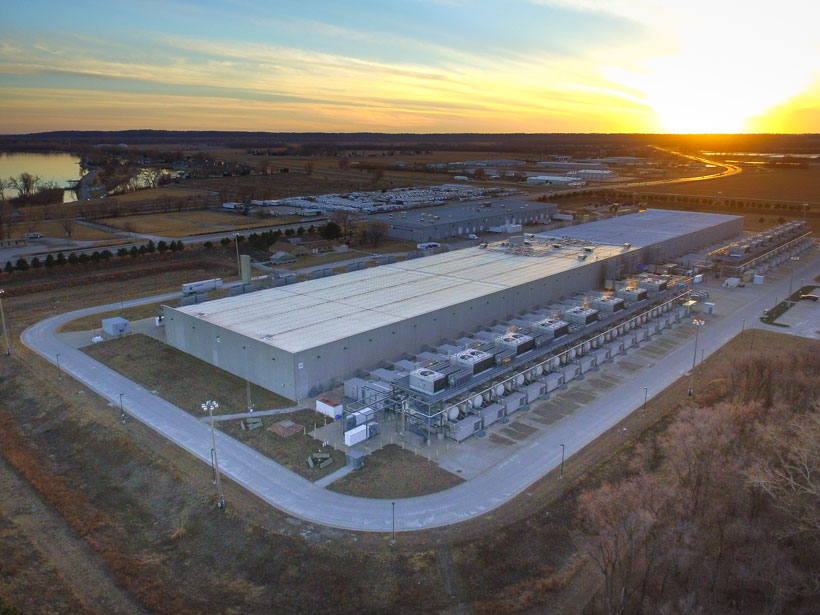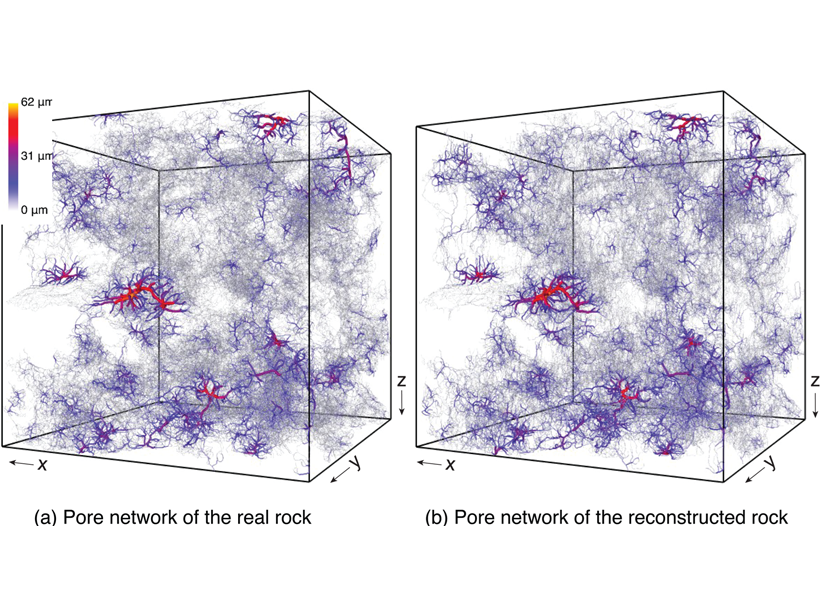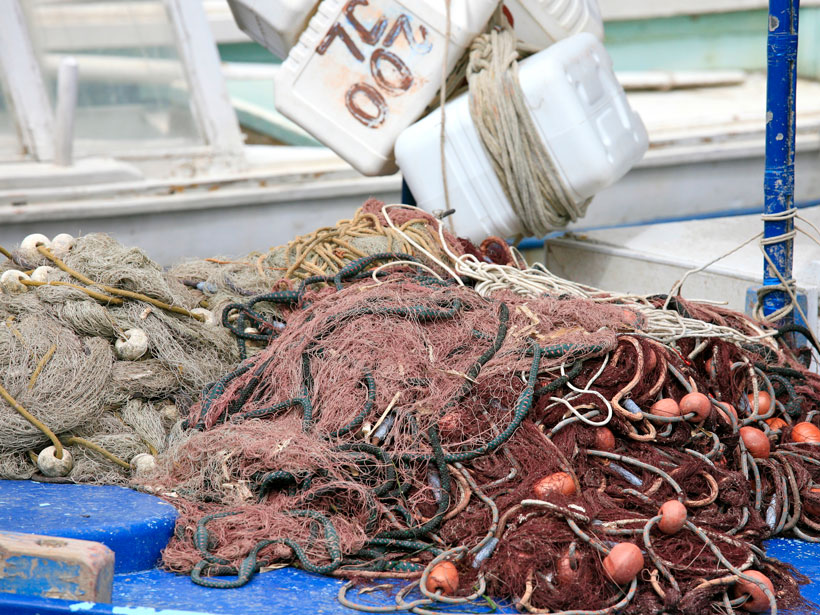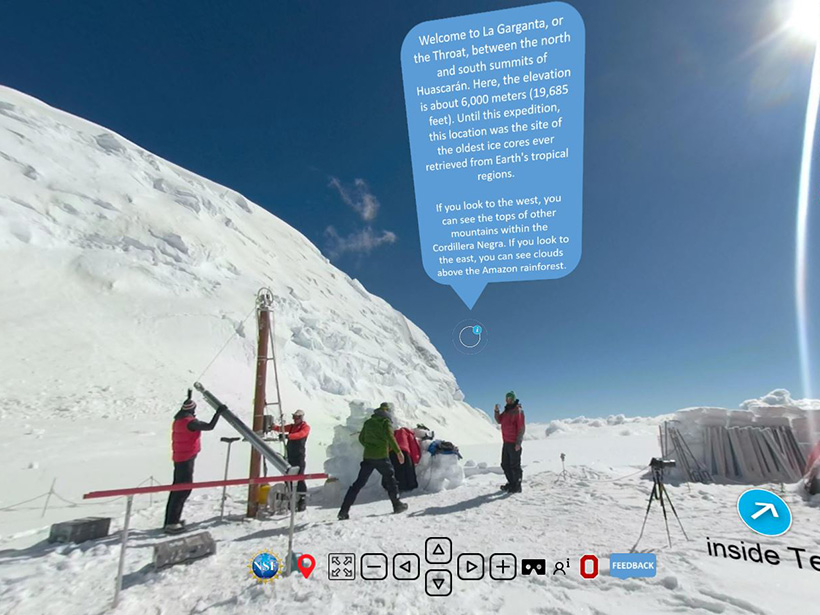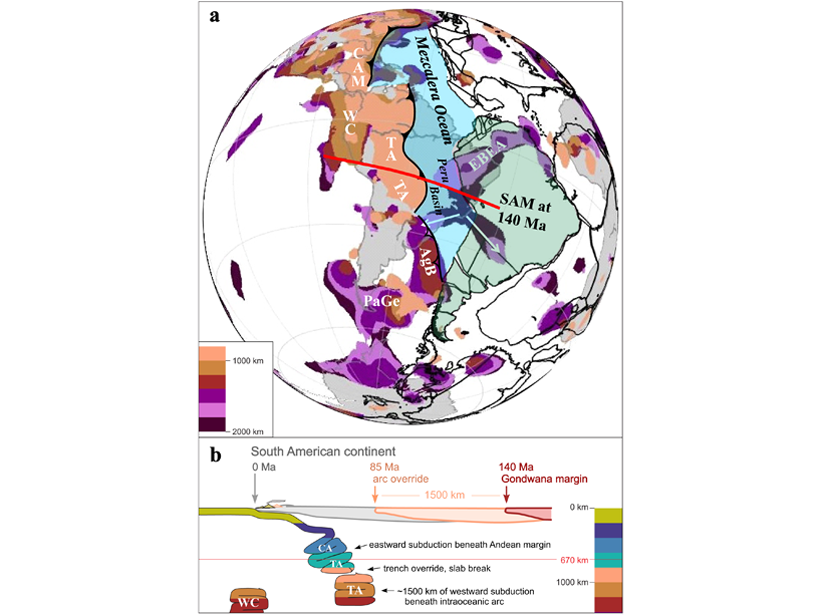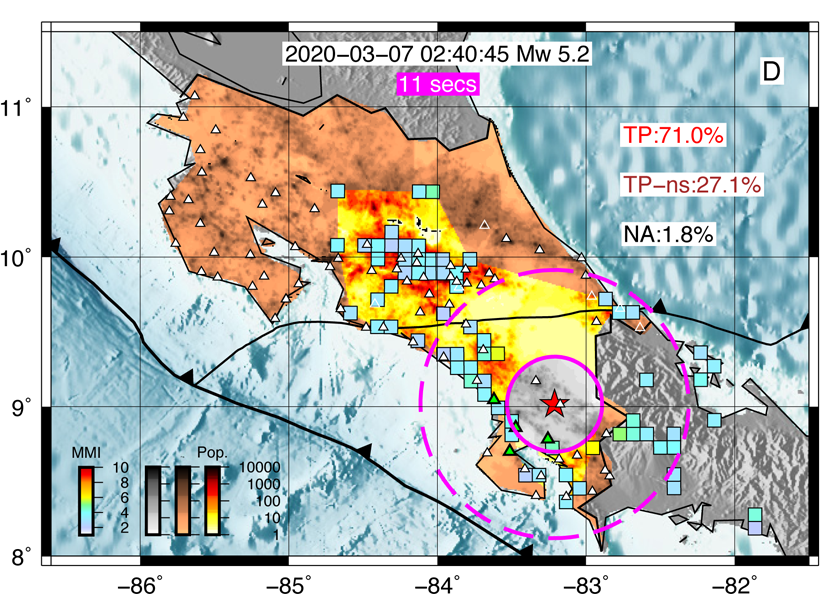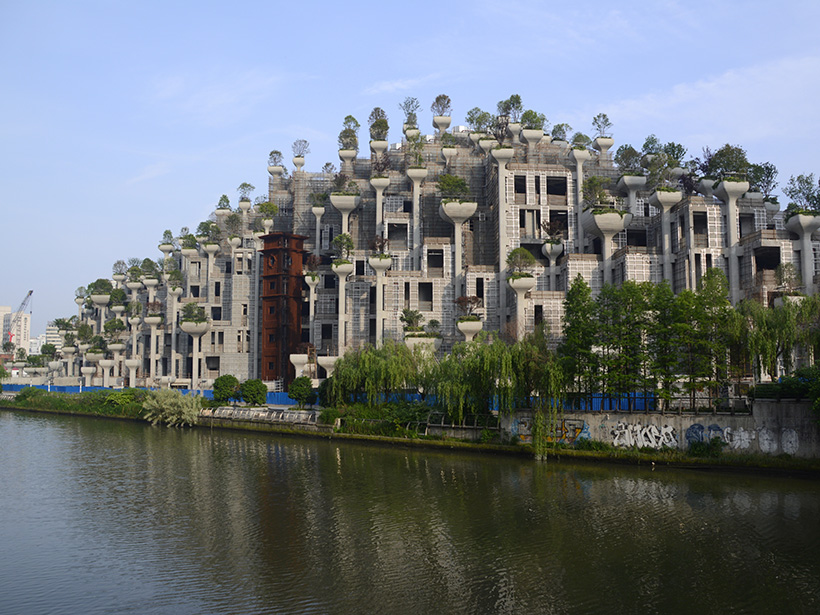Climate change is affecting American military operations and infrastructure—and could have security implications across the globe.
2021 CC BY-NC-ND
A Remarkably Constant History of Meteorite Strikes
Researchers dissolve chunks of the ancient seafloor to trace Earth’s impact history and find that colossal clashes between asteroids don’t often trigger an uptick in meteorite strikes.
U.S. Data Centers Rely on Water from Stressed Basins
Researchers mapped the environmental footprint of data centers, shedding light on how and where the industry can improve.
Reconstructing Rocks with Machine Learning
Machine learning can be used to accurately reconstruct high-resolution, 3D images of rocks from 2D cross-sections, which opens the door to more detailed simulations.
Getting to the Bottom of Trawling’s Carbon Emissions
A new model shows that bottom trawling, which stirs up marine sediments as weighted nets scrape the ocean floor, may be releasing more than a billion metric tons of carbon every year.
Virtual Tours Through the Ice Using Everyday Tools
The Byrd Polar and Climate Research Center is training scientists to create immersive virtual field experiences of glaciers, sea ice, and snow.
Previous Intra-oceanic Subduction Found Beneath South America?
Newly mapped fast velocity slabs in the lower mantle may be remnants of westward dipping intra-oceanic subduction, before flipping to the present eastward subduction beneath South America at 85 Ma.
Good, Soon, and Cheap – Earthquake Early Warning by Smartphone
Fixed smartphone networks can provide robust early warning of earthquakes at far lower costs than traditional scientific arrays, which is an important consideration for regions with limited resources.
Sowing 1,000 Trees into Shanghai’s Urban Fabric
A new development blends riverside nature with commercial construction.
¿Cómo afectará el cambio climático a los Estados Unidos en las próximas décadas?
Un nuevo informe del gobierno de EE. UU. muestra que el clima está cambiando y que las actividades humanas conducirán a muchos más cambios. Estos cambios afectarán el nivel del mar, la frecuencia de las sequías, las precipitaciones severas y más.



